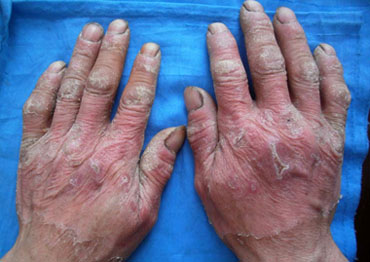
Introduction to
Sexually Transmitted Disease
Sexually transmitted diseases (STDs), also called sexually transmitted infections (STIs) or venereal diseases, are infections caused by organisms that can be transmitted from one person to another through sexual activity and intimate contact. The U.S. Centers for Disease Control and Prevention (CDC) estimates that there are almost 20 million new STD cases each year in the U.S. Half of cases occur in young people between the ages of 15 and 24 years.
Since many STDs have few or no symptoms, it is possible for a person to have an infection and to infect others without either of them knowing it. For this reason, screening for these infections is important to ensure early detection and prompt treatment. Tests for STDs are recommended as part of routine health screens for sexually active teens and young adults as well as older adults who may be at risk.
Untreated STDs have significant long-term consequences. They can lead to sterility in both sexes. In women, STDs can result in pelvic inflammatory disease (PID), which increases the risk of infertility and ectopic pregnancies. One STD in particular, HPV, can increase risk of cervical cancer in women. In addition, women who are pregnant or planning a pregnancy should be aware that untreated STDs can cause complications for their newborn. Screening tests for several of these STDs are now part of routine prenatal care.